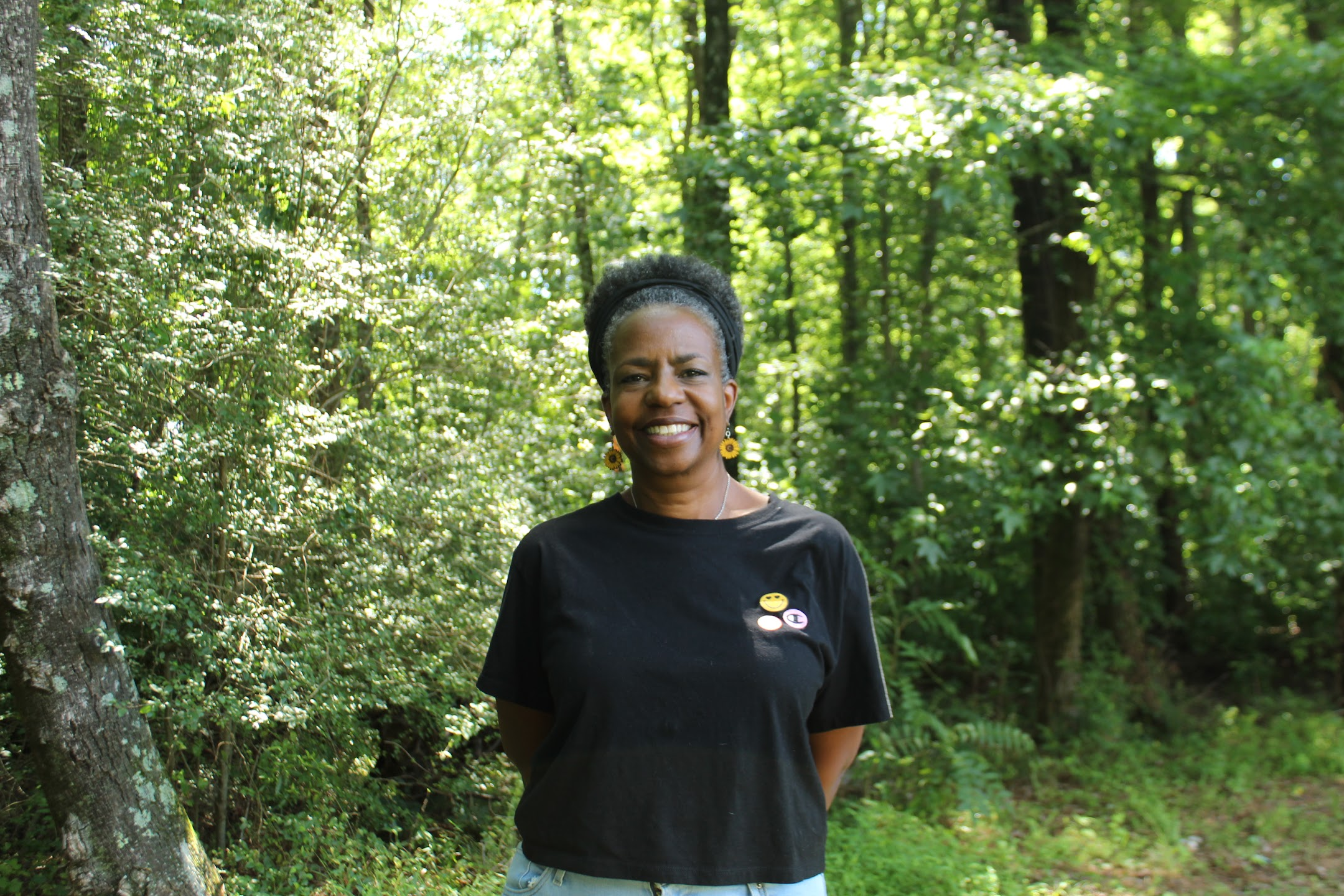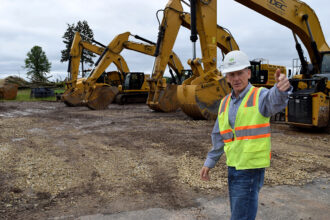RICHMOND, Va.—South Richmond residents are fighting back against a 21,0000-square-foot fire training facility approved for construction on a site bordering a wildlife sanctuary.
The training facility is projected to be finished by June 2024 in the 8th district of Richmond, a predominantly Black and Latinx community with a 12.4 percent unemployment rate that faces high heat vulnerability, according to a Climate Equity Index developed by the city’s Office of Sustainability.
Initially, Richmond’s Urban Design Committee and Planning Commission rejected the fire training facility proposed for 3000 East Belt Boulevard in February and March after finding that it was not environmentally suitable, among other factors. Despite this, 8th District Councilmember Reva Trammell and Mayor Levar Stoney overturned the rejection and submitted a resolution in the City Council to move forward with the proposal.
“I’m 100 percent in favor of this,” Trammell said at an April 3 Planning Commission meeting. “I’ve spoken to so many people in the 8th District, 9th District who are supportive of this.”
At the meeting, 11 people spoke out against the proposed training facility. Mechelle Esparza, a resident of Deerbourne and executive director of the Serene Wildlife Sanctuary, said her organization was not notified by the Richmond Fire Department about the training facility. The sanctuary is approximately 100 meters away from the proposed facility, Esparza said.
The sanctuary was a dream of Esparza’s father, Antonio Esparza, who wanted the land to conserve animal and plant life in the 1970s, Esparza said. Decades later, Esparza’s mother purchased the land with Esparza running the sanctuary to continue making her late father proud, she said.
The four-acre sanctuary is forested with a mix of trees dominated by hardwood pine and borders Hickory Hill Community Center. Because a stream running through the sanctuary is a tributary of Grindall Creek and the James River, the sanctuary is protected under the Chesapeake Bay Preservation Act, which was passed to secure and enhance water quality in the Chesapeake Bay through efficient land use management measures.
The Serene Wildlife Sanctuary is also home to thirteen recognized federal and state endangered species, including the James River spinymussel, a small freshwater mussel in the stream, according to documents provided by Esparza. She said the stream in the sanctuary would be vulnerable to runoff and stormwater from the proposed facility.
Because the proposed facility will require replacing grass with concrete, rainwater will wash off from the concrete into the sanctuary’s soil and nearby stream, said Kendra Esparza-Harris, Esparza’s daughter and a member of the Serene Wildlife Sanctuary. Before the training facility was proposed, the sanctuary was already working to rejuvenate the stream, which was choked by garbage and toxic pollution, said Esparza-Harris, who is a Ph.D. research fellow in Natural Resources and Agroforestry at the University of Missouri.
Although a detention pond to capture the runoff was proposed by Tom Delego, an employee of Greeley & Hansen, the Fire Department’s environmental consultant, at a planning commission meeting on April 3, Esparza-Harris said this is at best a temporary solution, noting that once the pond is full, the runoff will be released to the stream or soak into the soil.
Delego declined to comment on how the Richmond Fire Department will ensure runoff does not deteriorate the sanctuary’s stream.
In addition to concerns of harming the sanctuary, the Fire Department will have to replace and relocate the hundreds of trees on the site of the proposed training facility that were planted in 2021 by Southside Releaf, Sheri Shannon, co-founder of the nonprofit, said. The group’s mission is to plant as many trees as possible to fight extreme heat in South Richmond.
Once the facility is in operation, there would be smoke produced for training purposes, the Fire Department said at the Planning Commission meeting. The smoke would be generated by Superior Smoke Candles, which contain zinc chloride mist, a mixture irritating for the eyes and also for those with respiratory problems, according to the Centers for Disease Control and Prevention. Shannon said she is concerned how the active smoke could impact residents, with 10.9 percent of the adult population in the 8th district already suffering from asthma, according to the Climate Equity Index tool.
“We are number four in the country for having the highest asthma-related deaths,” Shannon said. “So we’re looking at adding something that is toxic and polluting to a community that already is dealing with pollution.”
This story is funded by readers like you.
Our nonprofit newsroom provides award-winning climate coverage free of charge and advertising. We rely on donations from readers like you to keep going. Please donate now to support our work.
Donate NowThe Fire Department took almost a year looking at various sites after its current facility was declared unusable by an engineering consultant from the Structures Group Engineering Solutions in September 2021, Travis Ford, the department’s assistant chief, said.
“For decades, the RFD has traveled outside of the community to train our firefighters, which cost our taxpayers almost $1 million a year that can now be repurposed for use at Hickory Hill,” Petula Burks, the department’s spokesperson, said.
Establishing a training facility adjacent to Hickory Hill Community Center will result in engagement between firefighters and Southside residents, Burks added.
Esparza-Harris disagrees, saying that reducing green space in an already vulnerable community is environmental injustice.
“It is saddening to see because the community has voiced exactly what they want,” Esparza-Harris said. “To have it turned around and given to the Fire Department for a burn facility just seems like a very inequitable situation.”
About This Story
Perhaps you noticed: This story, like all the news we publish, is free to read. That’s because Inside Climate News is a 501c3 nonprofit organization. We do not charge a subscription fee, lock our news behind a paywall, or clutter our website with ads. We make our news on climate and the environment freely available to you and anyone who wants it.
That’s not all. We also share our news for free with scores of other media organizations around the country. Many of them can’t afford to do environmental journalism of their own. We’ve built bureaus from coast to coast to report local stories, collaborate with local newsrooms and co-publish articles so that this vital work is shared as widely as possible.
Two of us launched ICN in 2007. Six years later we earned a Pulitzer Prize for National Reporting, and now we run the oldest and largest dedicated climate newsroom in the nation. We tell the story in all its complexity. We hold polluters accountable. We expose environmental injustice. We debunk misinformation. We scrutinize solutions and inspire action.
Donations from readers like you fund every aspect of what we do. If you don’t already, will you support our ongoing work, our reporting on the biggest crisis facing our planet, and help us reach even more readers in more places?
Please take a moment to make a tax-deductible donation. Every one of them makes a difference.
Thank you,












